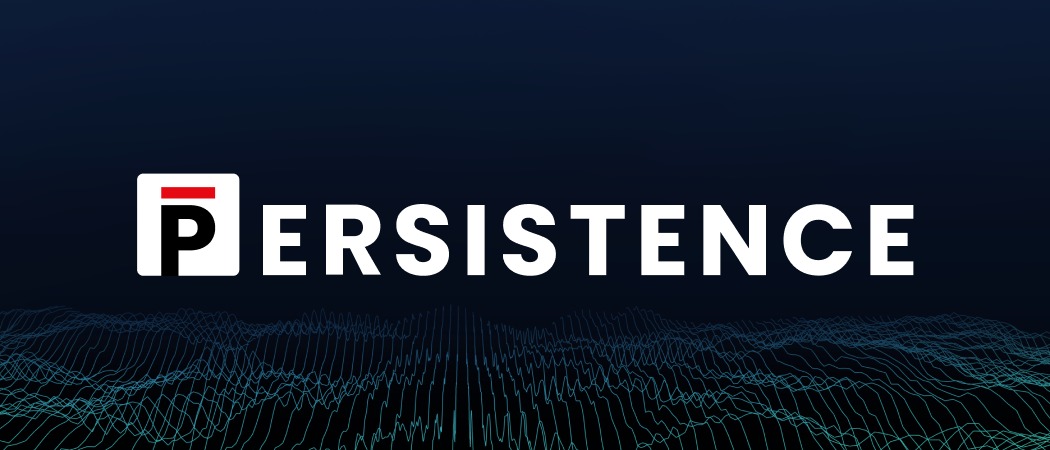Staking is gaining pretty massive traction as a way for traders and investors to earn rewards just for holding certain cryptocurrencies.
The reason behind its popularity is obvious. It is an excellent way for cryptocurrency investors to put their holdings to work and earn interest on them. Even those who own only a handful of coins may be able to make good returns and increase their crypto portfolio.
With more and more crypto projects like Ethereum (ETH), BNB, Solana (SOL), Polkadot (DOT), Tezos (XTZ), Cosmos (ATOM), and Cardano (ADA), adopting Proof-of-Stake (PoS) consensus mechanism, staking has emerged as a lucrative opportunity to make passive income.
In total, PoS cryptocurrencies make up a market of $161 billion, while staked assets collectively have a value of $108 billion, bringing a massive opportunity for traders, investors, and builders.
Earning Passive Income

In PoS systems, staking is how many projects validate transactions and secure the protocol. The way it works is investors stake or lock their crypto holdings for a fixed period, and they cannot withdraw their crypto assets during this period.
The PoS network then randomly chooses a validator for each block based on size and time of staking. In exchange for locking their tokens, miners (or validators) receive staking rewards.
The crypto staking process lasts as long as you keep the coins locked. The rate of interest that you earn for locking your coins varies from network to network and is usually paid out in the form of the native coin itself.
An alternative to the Proof-of-Work (PoW) mechanism, PoS doesn’t require expensive, energy-intensive GPUs; instead, it requires an internet connection and the relevant cryptocurrency to stake. As such, you don’t need advanced skills or extensive energy to solve cryptographic puzzles or find a new block.
While staking makes it easier to earn rewards, staking involves a vesting or lockup period during which your crypto holdings can’t be used or transferred. This is a big drawback as you won’t be able to trade staked tokens during this period even if prices shift.
For instance, if you are earning 10% APY for staking your crypto, but during your lockup period, the value of your assets drops 50%, then you would end up with a loss. This is where liquid staking comes into the picture.
Putting the Locked Assets to Use

Liquid staking allows users to safely unlock liquidity in the network and leverage income opportunities offered by several decentralised applications (dApps).
While it does not protect the underlying prices of the staked assets, liquid staking minimises the opportunity cost of staking PoS for a longer period by allowing you to simultaneously earn the rewards from staking and put your locked assets to work in farming or lending out assets. As you can see, the benefit of liquid staking is that investors are able to earn the rewards from staking while not incurring the opportunity costs associated with losing access to the asset.
This ability to be able to engage with and utilise funds, all the while earning rewards, is the biggest benefit of liquid staking. So, stakers can use their liquid cryptocurrency freely while not losing any rewards.
This way, liquid staking can be a profitable way of putting idle assets to work and earning passive income from your cryptocurrency.
Persistence is one such project that is making this possible for many blockchains. This multi-chain staking provider has figured out a way for users to delegate their validator nodes, earning them stake rewards and, in exchange, provided with liquid staking token pSTAKE.
Developed by Persistence, pSTAKE is a liquid staking protocol unlocking the liquidity of staked assets. The synthetic token is liquid and can be used in other parts of the cryptocurrency ecosystem — without the stake rewards earned from underlying staking assets being sacrificed.
Using pSTAKE, stakers of PoS tokens can now stake their assets while maintaining the liquidity of assets like ETH, SOL, BNB, and ATOM.
A Specialised Layer One

Persistence is a Tendermint-based, specialised Layer-1 network that powers an ecosystem of DeFi applications focused on unlocking the liquidity of staked assets.
It is an IBC-enabled chain, meaning it can directly communicate and trade assets between two or more independent blockchains. Inter-blockchain communication protocol (IBC) is a robust & secure protocol for communication between blockchains, facilitating interoperability in the crypto space. As a core part of the Cosmos Network ecosystem, IBC handles transportation between different sovereign blockchains.
Tendermint, a blockchain protocol used to replicate and launch blockchain applications across machines in a secure and consistent manner, is a part of the Cosmos Universe, which uses the high-performance byzantine fault-tolerant consensus (BFT) engine. Persistence uses the Tendermint dPOS BFT consensus mechanism.
dPOS BFT allows Persistence to scale efficiently to an unlimited number of validators. Moreover, it can achieve the optimised performance of honest nodes without network partitions that too without sacrificing the security guarantees that other protocols provide.
With such a strong base, Persistence aims to offer seamless staking and DeFi experience for PoS (Proof-of-Stake) users and enable developers to build innovative applications around stkASSETs.
The issuance and deployment of liquid-staked stkASSETs allow users to earn staking rewards while participating in DeFi primitives, such as lending/borrowing and liquidity provisioning on DEXs.
This way, Persistence ecosystem applications are bridging staking and DeFi in order to maximise capital efficiency. But Persistence’s ambitions are much higher, and it aims to become the liquid staking hub of the PoS space, making liquid staked stkASSETs the default assets of the staking economy.
Making your Money Work Harder for You

Persistence’s plans to become the liquid staking hub, disrupting PoS and DeFi via liquid staking, and capture the $400 billion market is supported by some of the major industry members, including Sequoia, Galaxy Digital, DeFiance Capital, Coinbase, Kraken Ventures, Sino Global Capital, Kraken Ventures, Spartan Capital, and Alameda Research.
With such strong support at its back, Persistence is able to eliminate illiquidity from the PoS market. To achieve this, stakers receive stkAssets to maintain liquidity of otherwise locked PoS assets when staking. This way, users can generate the highest yields with staking rewards and various stkAsset DeFi opportunities, all while securing the underlying PoS chain.
Persistence not only allows you to maximise your capital efficiency but also makes the process of liquid staking extremely simple.
To take your PoS asset, you just have to select a non-zero amount of tokens to stake through pSTAKE’s robust validator set and start earning staking rewards. pSTAKE’s validator scoring mechanism ensures its liquid staking ecosystem consists of top-performing validators across supported networks. These validators include Stakefish, Figment, Everstake, Chorus, Cosmostation, Coinbase cloud, Tranchess, Nodereal, Math Wallet, and Legend.
The stkASSET token that you also receive increases in value relative to your staked amount each epoch from staking rewards. stkASSET can also be put to work for various opportunities right in the DeFi tab on pSTAKE’s application.
When the redemption time comes, the staker can directly swap stkAsset from a liquidity pool and skip the whole unstaking and unbonding process of the PoS asset.
To ensure customer funds’ safety, the project has its protocol audited by several of the industry’s best in blockchain security. Halborn, Trail of Bits, Consensys Diligence, Packshield, Solidified, Oak, and Certora, have performed the security audit of Persistence.
Future Plans

Persistence has a vast ecosystem built to bridge DeFi and crypto staking and at the center of it is its native utility token, XPRT. The token accrues its value from the economic activity within the Persistence ecosystem of applications through multiple channels such as transaction fees, fee sharing with ecosystem dApps, IBC hub-routing, and more.
The token is currently listed on popular cryptocurrency exchanges like Huobi Global, KuCoin, Gate.io, and Osmosis, as well as Sifchain and AscendX. XPRT is also supported by several wallets, including Keplr, Cosmostation, Ledger, Coin98, and Persistence Wallet.
Earlier this year, the team distributed tokens to holders of some of the most prominent PoS networks to get exposure to XPRT. Popular crypto projects like Terra, Kava, Polygon, and Cosmos took part in this StakeDrop campaign.
Currently, the team is working on increasing the XPRT holder base to over 100,000 wallets and making XPRT one of the most liquid assets within the IBCGang through further use cases and integrations with the likes of Juno, Umee, and Injective.
As part of its roadmap, the Persistence team will also incentivise builders to build on the Persistence chain and expand its dApp ecosystem. There are further plans to deploy new dApps, such as the interchain DEX and borrowing/lending protocol. stkASSET issuance on the Persistence chain meanwhile will start by the end of this year, as well as hosting other supported Tendermint-based stkASSETs on its chain.
On top of it all, the focus is on making the Persistence chain more decentralised and robust to support ecosystem dApps.









